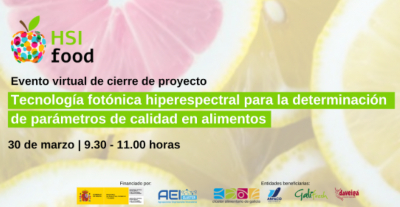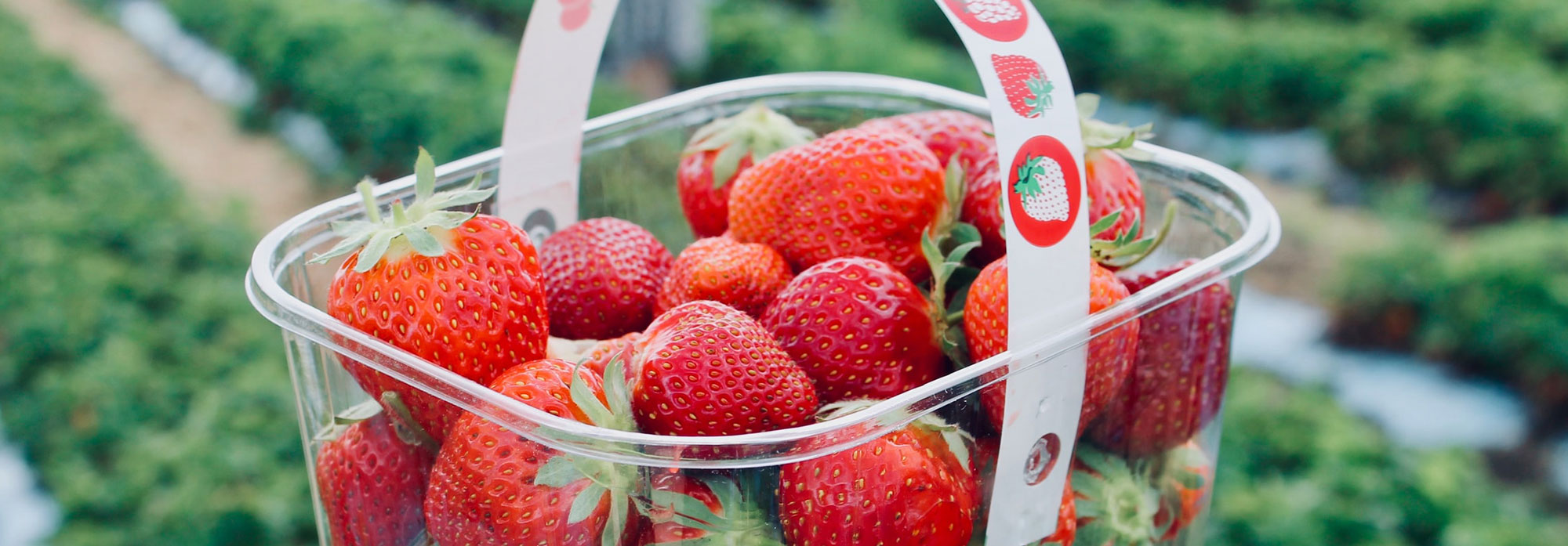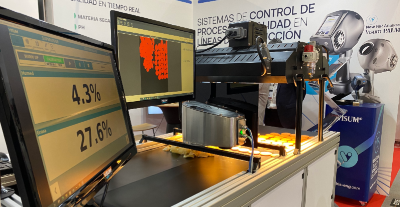
 IRIS presents the VISUM line with the Galician Food Cluster
IRIS presents the VISUM line with the Galician Food Cluster
 24th International Conference on Optical Network Design and Modelling (ONDM)
24th International Conference on Optical Network Design and Modelling (ONDM)

Transforming the plastics sector into circular economy

Among the 60 million tonnes of plastic produced in Europe every year, only 30% of the total is recycled and the 79% of plastic waste has ended up in landfills or as litter in the natural environment. This is a fact that will produce an environmental disaster in a not too far future.
The European Commission has put in place some recent measures to help make plastic more sustainable. A plastics strategy adopted in 2018 aims to tackle the problem by transforming how plastic products are designed, used, and recycled. One key target is to recycle 55% of plastic packaging by 2030. Packaging, which is often made up of different types of plastic, making it challenging to recycle, has a high environmental footprint: about 40% of plastic produced is used for packaging, which is typically discarded after use.
As part of the MultiCycle project, Dr. Elodie Bugnicourt, Project Manager, H2020 and Innovation Unit leader at IRIS, and her project partners are aiming to scale up a patented process called CreaSolv developed by the Fraunhofer Institute in Munich, Germany which can give multilayer packaging and fiber-reinforced composites a second life again and again.
With the CreaSolv process, recycled plastic is of high quality and the process is more efficient. It can recover a polymer instead of a monomer which is an advantage because it is not necessary to use energy to polymerize the material again.
After several small scale trials with multilayer packaging and composites, CreaSolv goes a step beyond, the design of a large-scale pilot plant in Bavaria where trials should start in July.
Dr. Tatiana Garcia Armingol, director of the energy and environment group at CIRCE energy research center in Zaragoza, Spain, and her colleagues are demonstrating that conventional recycling can be improved to boost the recovery rate of certain hard to recycle plastics as part of the POLYNSPIRE project with the use of two technologies as adding vitrimers and high energy irradiation to increase the resistance of recycled materials.
We are in front of great proposals to finally transform the plastic sector into a circular economy.
Keep following us for being up-to-date about this and more innovative breakthroughs.
Click on the following link to read the whole article written by Sandrine Ceurstemont at ‘HORIZON’, The EU Research and Innovation Magazine.


